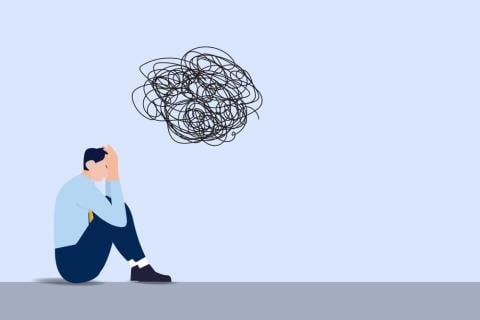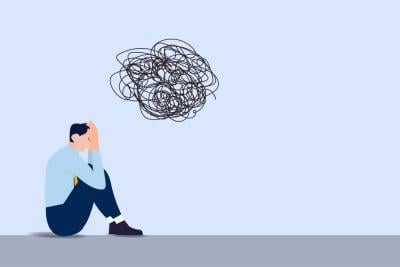It's Not Just OCD About Physical Appearance: Understanding Body Dysmorphic Disorder
It's Not Just OCD About Physical Appearance: Understanding Body Dysmorphic Disorder

Hours spent obsessing over various parts of the body followed by time consuming compulsive behaviors. Sounds like OCD, doesn’t it? Sure. But it’s not. Although there are clearly many similarities between OCD and body dysmorphic disorder (BDD), the two are in fact quite different and treatment needs to reflect that. As someone who specializes in BDD, I am often asked to do clinical consultation by other therapists who are frustrated that their patients aren’t getting well. They’re doing CBT with an emphasis on exposure and response prevention therapy, which is widely recognized as the gold standard in treatment for OCD, and yet their patients continue to struggle. That’s never a surprise to me.
BDD is categorized in the DSM 5 as one of the obsessive-compulsive related disorders for obvious reasons. In BDD, people are tormented by obsessive thoughts associated with a part or parts of their physical appearance being flawed in some way, yet these flaws tend not to be noticeable to anyone but themselves. Typically, the focus is on features associated with the head and face, such as hair thinning, skin tone and the nose. However, any part of the body can become the focus, especially those associated with physical appearance such as the stomach, legs, teeth and too many other parts to mention here. As part of the diagnosis, the preoccupation also includes compulsive behaviors such as mirror checking, comparing the body part to that of others, and pursuing needless dermatologic treatments and plastic surgery.
Perhaps the most damaging part of living with the disorder is the toll it takes on someone’s self-worth. Anyone who treats BDD has heard people describe themselves as disgusting, a monster, a freak, along with other comments such as “I don’t deserve to live looking like this.” It’s no wonder that BDD has such a high suicide attempt rate. People with the disorder believe that their life satisfaction hinges on their looking better, hench desperate attempts to pursue ways to achieve that. Two teenagers told me recently that they’re looking for part-time jobs so they can afford to pay for plastic surgery and another told me that he spent some of the money that had been set aside for college to pay for a procedure he later felt made him look worse.
How is it possible that body parts could cause such torment? Most people don’t like how they look sometimes, yet never think of killing themselves over it. The answer is no one really knows. BDD research is probably decades behind that for OCD, though some of what is known about the latter can probably be attributed to the former. Neurocognitive functioning, brain chemistry and life experiences are all likely contributors, though much more research needs to be done before those types of conclusions can truly be reached.
What is known is that many people with BDD have experienced some sort of childhood maltreatment, such as abuse, neglect, bullying and extensive teasing. As is often the case with such trauma, most people with BDD also live with a tremendous sense of shame that permeates their being. I see this every day in my practice. Patient after patient reporting some type of awful childhood experience, sometimes obviously linked to physical appearance and sometimes not. I do recognize, however, that there may be some people who don’t seem to have that in their background and still wind up with BDD, though I suspect they are in the minority.
A mistake that many clinicians make is assuming that the shame is simply a result of negative thoughts and feelings associated with appearance and then too quickly apply cognitive-behavioral strategies without enough exploration into causal factors. There’s no question that CBT is an essential part of someone’s treatment, yet for a more complete recovery we can’t stop there. We need to help our clients understand how these early life experiences likely set the stage for body parts taking on such unusual significance. Additionally, and perhaps even more important, is helping them develop awareness into to how those factors shape their current functioning, especially in terms of interpersonal relationships.
People with BDD are amongst the most psychologically wounded a clinician will ever encounter. What we know about treating OCD can be very helpful in developing part of an effective treatment plan for BDD. It just may not be enough. No, BDD is not simply OCD about physical appearance.

















